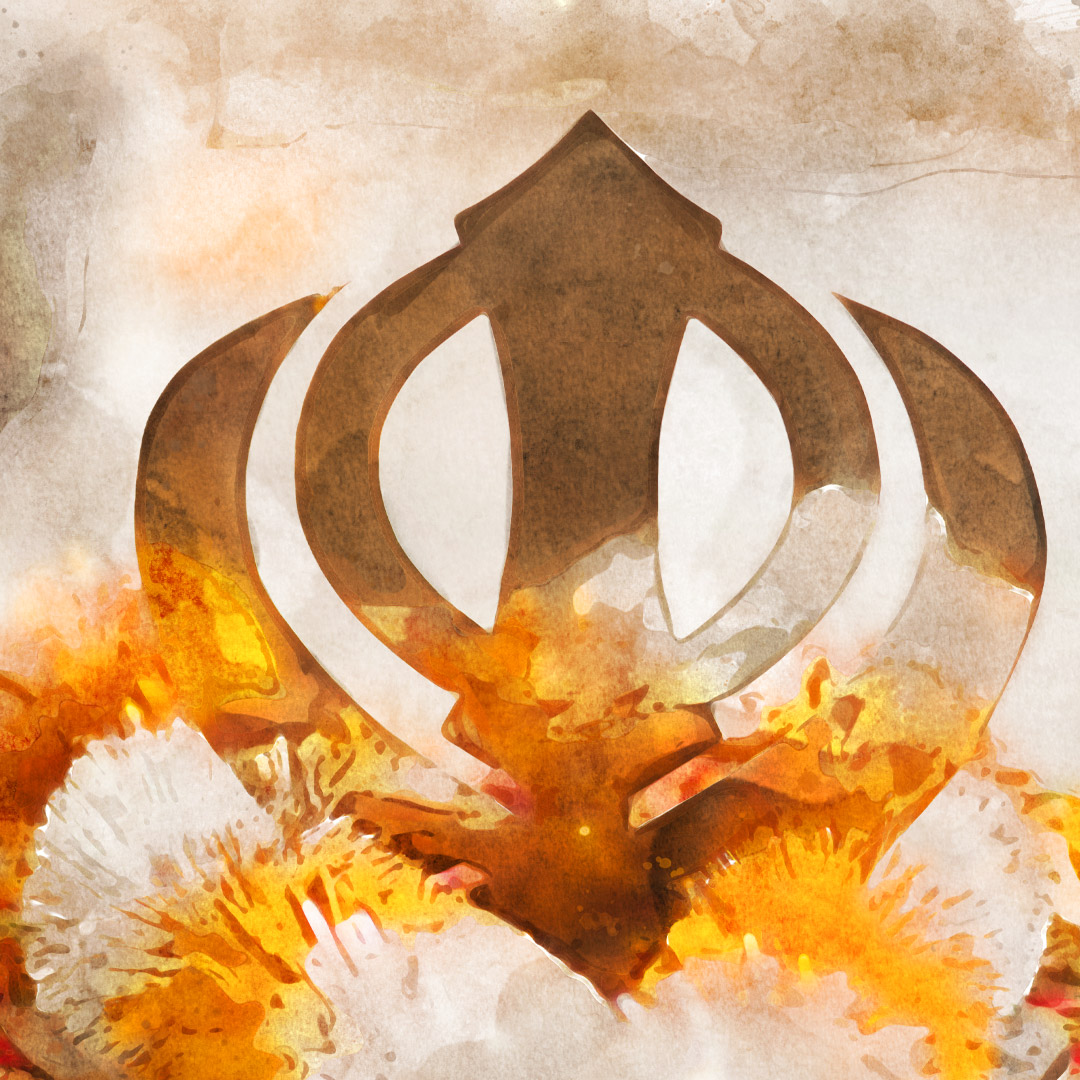Chant in Buddhism | English transliteration | Meaning | Benefits
A very meaningful Buddhist chant, Om Ah Hum points to the main trinity of the faith: body, sound, and mind. It is recited to purify the environments we live in.
Chant in Buddhism
嗡阿吽
Chant in English transliteration
Om Ah Hum
Meaning of the chant
OM stands for the body, AH for the speech, and HUM (or HUNG) for the mind.
These represent the possibility of transformative blessings of the mind, body, and speech from all the Buddhas: future, present, and past.
Benefits of the chant
It is said that chanting Om can purify a person and release guilt, shame and negative emotions from our body. It may motivate you to do better in the future. When we chant Ah, we seek purity from the sins we made from our speech. While chanting Hum, we release all negative deeds that are committed by our body. Om is the essence of the form, Ah of sound, and Hum of the mind. In reciting this mantra, it is believed that we can purify the environment we live in and all the being inside it.
Important information about the chant
The chant is made of three Sanskrit syllables: Om, Ah and Hum. This directly points at the main trinity in Buddhism, which refers to the body, sound, and mind. Body does not just mean the physical body of a person, but the material environment around us. The sound refers to life, the reason for which is the spirit. Om is considered to be a vibration from which everything comes to life; it is the center of the universe and the manifestation of lord Shiva. Ah is the female aspect of the mantra. It is a state of being without thought, the essential state of emptiness. When chanting this verse, visualize the flow of the words in a seamless manner and feel them vibrating within.






